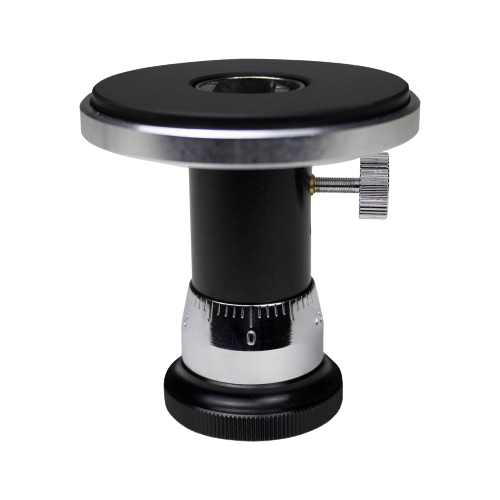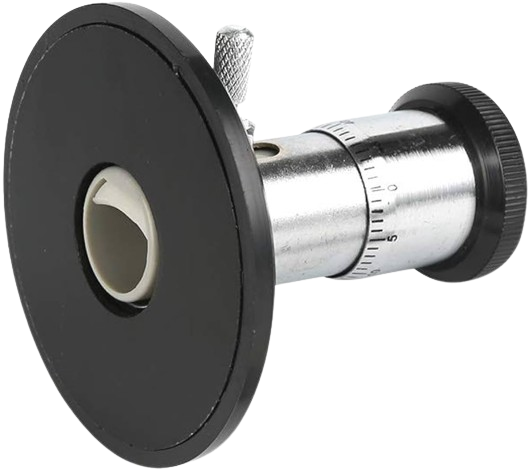Hand Microtome for Biology Lab
The hand microtome, a tool revered for its precision and simplicity in the realm of histology. In this blog post, we delve into the fascinating world of hand microtomes, exploring their mechanics, applications, and significance in modern biology labs. At its core, a hand microtome is a specialized cutting instrument used to slice thin sections of biological specimens for microscopic examination. Unlike automated microtomes, which rely on motorized mechanisms for slicing, hand microtomes operate manually, offering researchers fine control over the cutting process.

Advantages and Limitations:
One of the primary advantages of hand microtomes is their simplicity and affordability compared to automated microtomes. Hand microtomes require no electricity or complex machinery, making them ideal for use in resource-limited settings or field research environments. Additionally, hand microtomes offer researchers greater control over the cutting process, allowing for precise sectioning of delicate specimens. However, it’s important to note that hand microtomes may have limitations in terms of throughput and consistency compared to automated counterparts, particularly when processing large volumes of specimens or requiring uniform section thickness.
What is a microtome used for?
A microtome is used to make thin slices of tissue (usually 4 μm but can be 2–10 μm). The cut tissue is floated over a water bath, in order to eliminate wrinkles and distortion in the tissue, and picked up on a slide.
What is the most commonly used microtome?
The rotary microtome is now the most popular microtome used in histology today because it is strong and can cut semi-thin and thin sections for light microscopy.
Advantage:
- Due to its design, it causes few breakdowns.
- It allows to regulate exactly the pressure of the blade on the fabric.
- Because of the size of the blade, it is possible to section large size head blocks.
- By the arrangement of this blade allows cutting blocks included in celloidin.

Hand Microtome for Biology Lab Applications in Biology:
Hand microtomes find widespread use in various branches of biology, including histology, pathology, and neuroscience. In histology, researchers rely on hand microtomes to prepare tissue sections for staining and examination under a microscope, enabling the study of cellular structures and tissue organization. Similarly, in pathology, hand microtomes play a crucial role in diagnosing diseases by allowing pathologists to analyze tissue samples for abnormalities and anomalies. In neuroscience, hand microtomes facilitate the study of brain anatomy and function by enabling researchers to prepare thin sections of brain tissue for analysis.

Conclusion
Landscape of biological research, hand microtomes remain invaluable tools for scientists seeking precision and control in specimen preparation. From unraveling the mysteries of cellular biology to diagnosing diseases, these humble instruments continue to shape our understanding of the natural world. As technology advances and new methods emerge, the hand microtome stands as a testament to the enduring power of simplicity and craftsmanship in the pursuit of scientific discovery.
